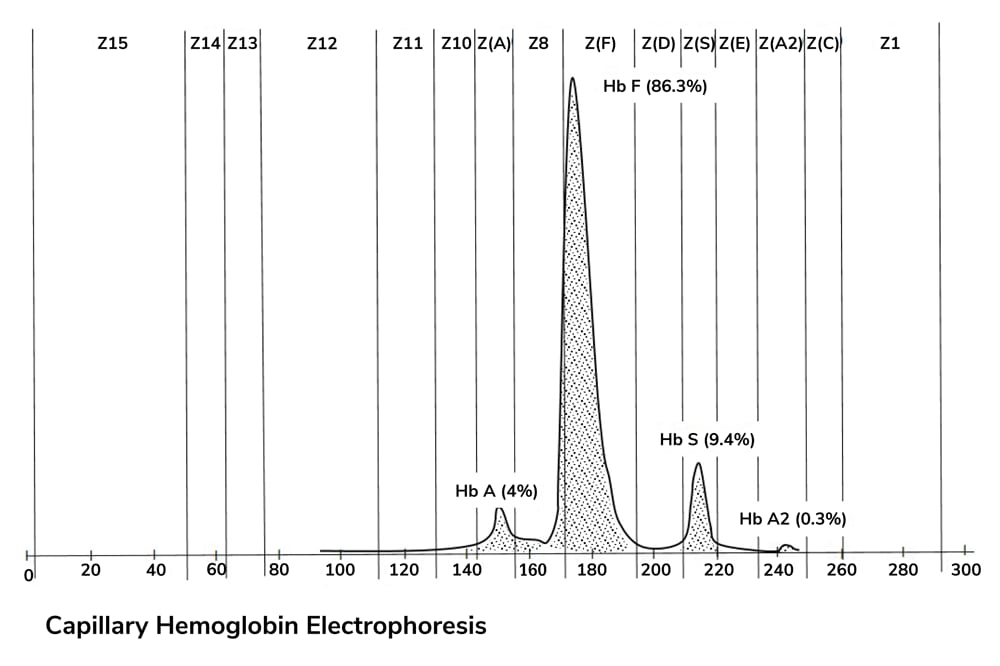
For the first time, researchers have validated a predictive biomarker in non-metastatic prostate cancer, which may help clinicians more accurately determine which patients are likely to benefit from hormone therapy and which can safely avoid the treatment and its potential side effects.
Here, Daniel Spratt, Chairman and Professor of Radiation Oncology at University Hospitals Seidman Cancer Center and Case Western Reserve University, talks about what this discovery could mean for prostate cancer diagnostics.
Could you explain the molecular basis of the PAM50 signature in prostate cancer, and why it was selected for evaluation in this trial?
There are many clinical, therapeutic, and biological parallels between breast and prostate cancer. Both are hormonally driven diseases; however, while breast cancer has long had molecular determinants that predict response to hormone therapy, such markers have been lacking in prostate cancer.
The PAM50 assay, originally developed for breast cancer, identifies molecular subgroups with differing responses to various treatments. We adapted this framework for prostate cancer, focusing on three relevant subtypes: Luminal A, Luminal B, and Basal-like. In prior studies, we found that patients with Luminal B tumors benefited from hormone therapy, whereas those with Basal-like tumors did not. This led us to formally evaluate the observation in a randomized, double-blind, placebo-controlled trial.
What role did transcriptome-based profiling play in the validation of this biomarker?
It was critical for the discovery and validation of PAM50 – the only gene expression biomarker in prostate cancer to undergo prospective randomized validation in a biomarker-driven trial. With prognostic tests such as Decipher and now predictive tools like PAM50, the field is moving closer to true personalization of therapy based on a patient’s transcriptional profile.
What are the sample requirements for PAM50 testing, and how feasible is it to use archival specimens?
The test can be performed easily using routine prostate biopsies or surgical specimens. It requires unstained FFPE slides or blocks, and in more than 95 percent of routine clinical cases, there is sufficient tissue for testing. Archival specimens can also be used, and the assay has been successfully performed on samples more than ten years old.
How do you see this test being integrated into clinical practice for patients with recurrent prostate cancer?
For men with recurrent prostate cancer after surgery, this test is likely to become a routine standard-of-care tool for guiding personalized treatment decisions.
How important is collaboration between pathologists and clinicians in biomarker implementation?
Close communication and collaboration between pathologists and clinicians remain essential – both for ensuring optimal patient care and for advancing the discovery of future biomarkers.
What’s next for this research?
We plan to further validate PAM50 in additional prostate cancer settings, including localized and oligometastatic disease.




